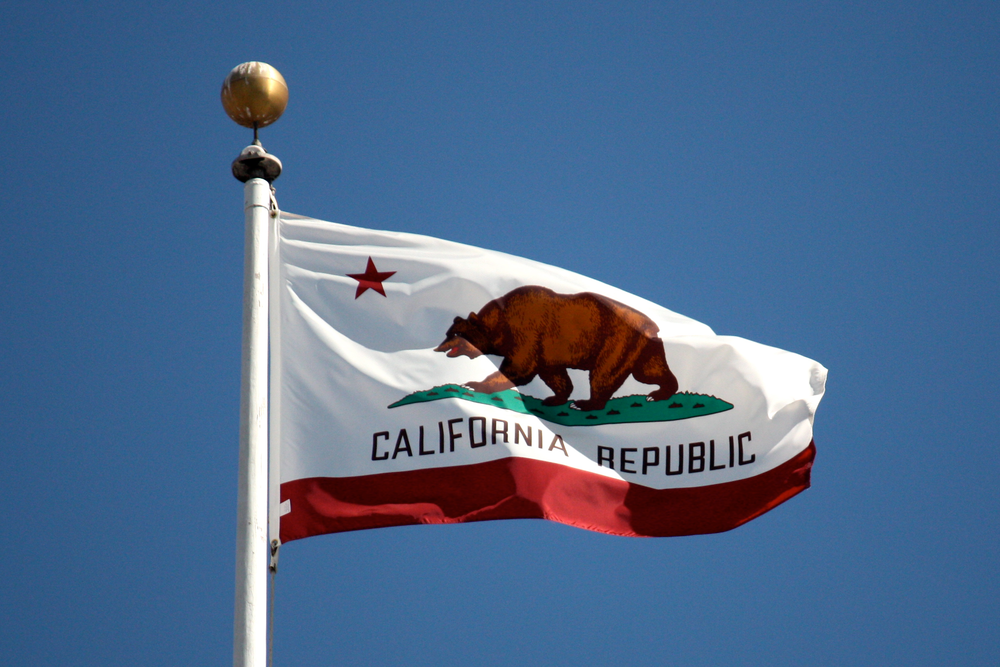Sales Tax
How California’s Remote Sales Tax Law Will Impact Businesses
The California Department of Tax and Fee Administration (CDTFA) recently announced its plan to tax remote sales. California businesses should know that it will likely affect in-state businesses as well.
Jan. 08, 2019

The California Department of Tax and Fee Administration (CDTFA) recently announced its plan to tax remote sales. California businesses should know that it will likely affect in-state businesses as well.
Starting April 1, 2019, the CDTFA is enforcing economic nexus, whereby a tax collection obligation is triggered by a retailer’s economic activity in the state. It allows an exception for small sellers: Out-of-state sellers must have more than $100,000 in taxable sales in California or at least 200 retail sales for delivery in the state in the current or preceding calendar year before a tax collection obligation kicks in.
Once the economic nexus threshold has been met at the state level, out-of-state retailers are required to register with the CDTFA and collect and remit the state and mandatory local use tax* on their sales into the state. That rate is currently 7.25 percent.
But California sales and use tax rates can be much higher — up to 10.25 percent as of this writing — because of county, local, and district taxes that vary by location. As of October 1, 2018, for example, the total rate for sales and use tax in the town of Mammoth Lakes (Mono County) is 7.75 percent, while in the city of Santa Monica, the combined rate is 10.25 percent.
Once an out-of-state seller has economic nexus in the state of California, that seller is required to collect the 7.25 percent use tax on all its sales into the state.
California-based businesses don’t have to meet the $100,000 sales/200 transactions threshold; they’re required to collect the 7.25 percent sales tax on all their California sales.
Pesky district taxes
Both out-of-state sellers and in-state sellers must also collect additional sales and use taxes (i.e., applicable county, local, and district taxes) if/when they surpass the economic nexus threshold ($100,000 sales/200 transactions) in a district.
Prior to April 1, 2019, these local taxes are only collected by businesses that have a physical presence in the district or meet the definition of being “engaged in business” in the district.
Thus, both in-state and out-of-state businesses will need to monitor their sales activity in each district in the state. All businesses must be prepared to collect and remit all applicable taxes in a district as soon as the threshold has been met in a district. The CDTFA doesn’t require businesses to collect the tax on the sale that put them over the threshold, but businesses must collect and remit tax on the very next transaction.
In short, both out-of-state and in-state retailers that sell throughout California need to be on their toes. Learn more about California’s new remote sales tax policy.
Assess your remote sales tax risk in all states with Avalara’s state-by-state guide to sales tax nexus rules. To learn more about California sales and use tax in general, check out this California sales tax guide.
*Out-of-state retailers collect California use tax, while in-state retailers collect the sales tax. The difference is all in the name: Sales and use tax rates are the same.
